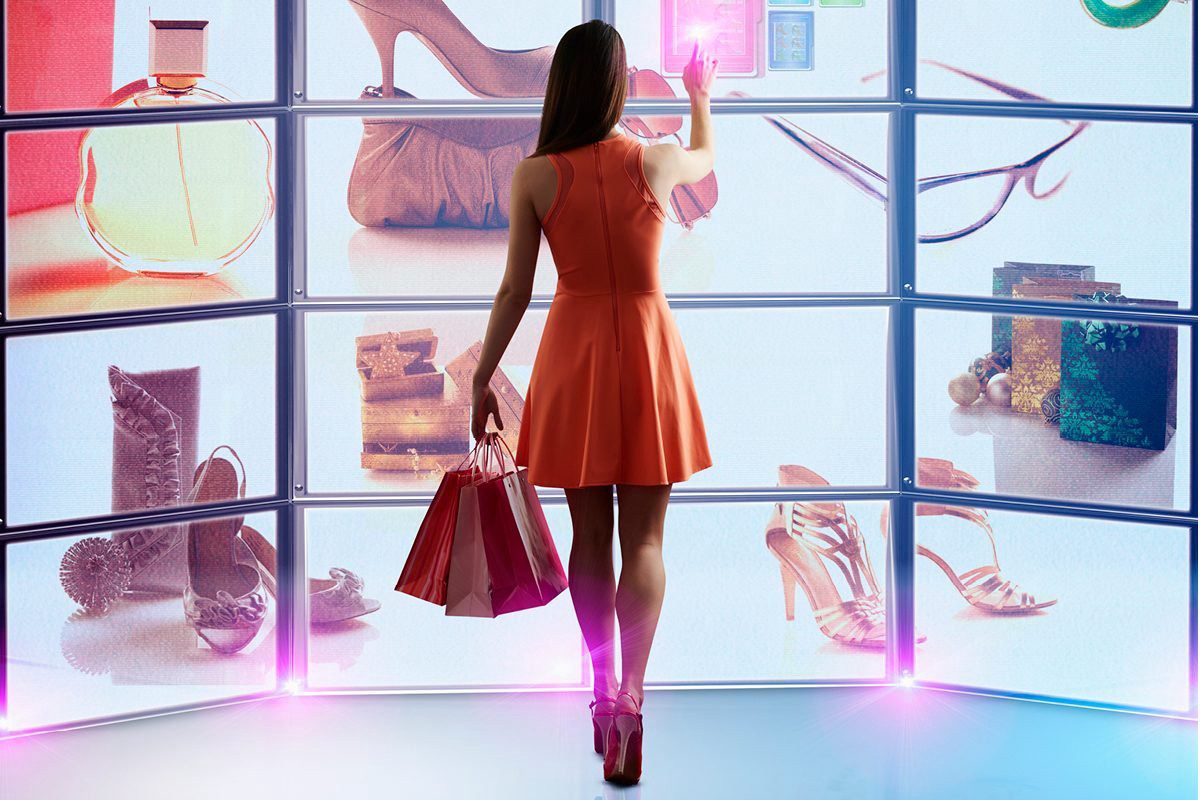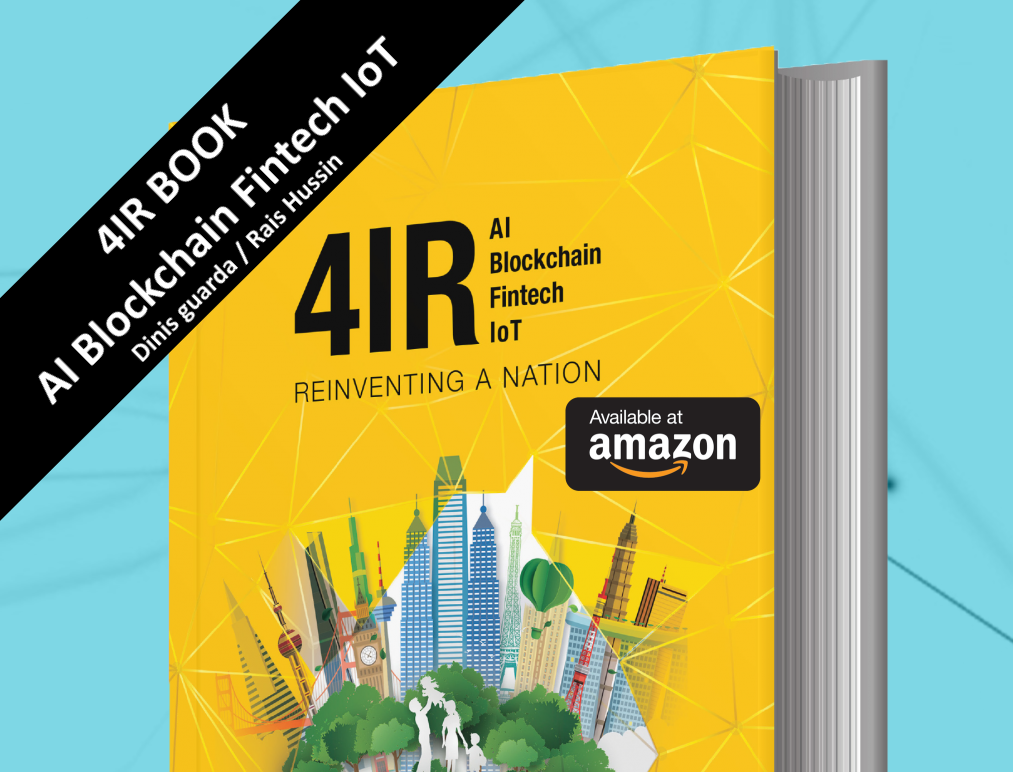Last update on: 12:16 am April 15, 2022 by fashionabc
As one of the top industries worldwide, reportedly generating $1.5 trillion a year, fashion is evolving to address rising concerns about fair wages, environmental pollution, sustainability, and above all, new technologies.

Ralph Lauren’s collaboration with Bitmoji
Social media is transforming how people shop because they now want instant access to the newest catwalk trends. As customers’ real lives’ become intertwined with the digital world, designers and fashion brands are increasingly embracing the latest technologies to push the limits of manufacturing, production, marketing and wearability. From artificial intelligence and augmented reality to blockchain, fashion technology trends are propelling the industry forward.
Per Forbes, “The fashion industry certainly took a hit this past year — a report by the Business of Fashion website and McKinsey & Company noted that 2020 was “the worst year on record for the fashion industry.” The tide may be turning, however, as the market is predicted to recover and hit $672.71 billion by 2023. It seems that fashion technology is leading the way with exciting innovations that have been accelerated by the Covid-19 crisis.”
Virtual and Augmented Reality
Combining the physical and online worlds of fashion retail has been one of Virtual Reality’s most exciting applications, enabling customers to virtually try on outfits before making an online purchase. This gives greater accuracy, thanks to customised measurement functionality and employs augmented reality technology — an interactive experience that enhances objects with computer-generated sensory encounters. Customers are increasingly using this technology to enable digital try-ons, discovering the nearest store, identifying desired apparel, make purchases, use filters and communicate with an Artificial Intelligence bot.
In addition, if you are a student and may think: “How can I find someone to help with my thesis on fashion industry?”, you can find out more details about papers from the writing experts.
For example, GAP Inc. has employing this technology with Dressing Room, a Google Tango-enabled gadget that allows users to customise an avatar based on their body type so they may view how different apparel appears on them from various angles. LVMH debuted Virtual Artist in collaboration with ModiFace, which was reportedly downloaded 10 million times, permitting buyers to try cosmetics using their mobile camera. Ralph Lauren’s alliance with Bitmoji, where shoppers can design their own Bitmoji with a mix-and-match wardrobe from Polo Ralph Lauren, demonstrates the power of the e-wardrobe.
Blockchain
Blockchain is a distributed ledger technology that strengthens ties between fashion brands and customers with data integrity, security and transparency throughout. It has potential to impact Fashion retail through traceability and transparency right from the origin of raw materials (including how it was grown, where it was stored, the amount shipped to the textile mill) to the production process. Consumers can access this data through the QR code or NFC reader which provides information on the purchased item. In a nutshell, blockchain technology enables fashion designers and designers to manage their supply chain operations more efficiently as well as preserve data transparently. Those using blockchain technology to present this information to customers will have a significant competitive edge.
Artificial Intelligence
Over the last few years, fashion brands have employed the potential of AI to boost sales, enhance customers’ retail experience with chatbots and touchscreens, analyse data, forecast trends and offer inventory-related guidance. Moreover, if we combine inventory tracking with Artificial Intelligence’s trend forecasting tools, fashion brands using this technology would have a competitive advantage.

Artificial Intelligence
AI is poised as the bastion of future developments in fashion, shaping everything from trend forecasting to how consumers may actually see and buy products. Streamoid, a global fashion technology firm, has launched a new AI-powered solution, Social Shopper, to help fashion brands to select user-generated material and transform it into shoppable galleries. Social Shopper also uses hashtags to help brands identify and gather specific content. Identical or comparable goods are then incorporated as shoppable galleries into the brand website, mobile applications and other marketing materials. TrueFit employs an online fit engine that helps users find a fit with new styles on the market. Another interesting example is Intelligence Node, which allows users to track trends in real-time using keywords, user navigation patterns and price points. There is also a collaboration between IBM and Fashion Institute of Technology, Reimagine Retail, which uses AI tools to provide real-time fashion trends.
Mobile Retail
From Insta shopping to smart wallets, mobile commerce is one of the fastest-growing sectors in eCommerce. Per Insider Intelligence, mobile commerce will reach $284 billion, or 45 per cent of the total U.S. e-commerce market, this year. This is predominantly because using our smartphones for shopping online is becoming easier. With digital wallet options like Apple and Android Pay, with technologies like fingerprint and facial recognition, they’re poised to become the preferred payment for retail purchases. Interestingly, sustainable fashion apps like Vinted and Depop have taken the fashion industry by storm, replacing traditional avenues like eBay and Gumtree for selling second-hand fashion.
Jasmeen Dugal is a Senior Writer at Businessabc.net and Editor at fashionabc.org, contributing her insights on fashion, technology, and sustainability. She brings with herself, more than two decades of editorial experience, working for national newspapers and luxury magazines.
Jasmeen Dugal has worked with exchange4media as a senior writer and then with Condenast India as Net Editor where she helmed Vogue India’s official website in terms of design, layout and daily content.
Besides this, she is also an entrepreneur running her own luxury portal www.explosivefashion.in, which highlights the latest in luxury fashion and hospitality.








